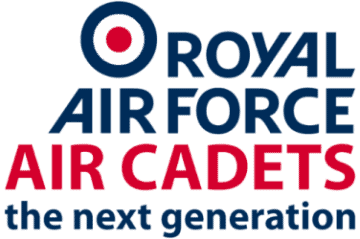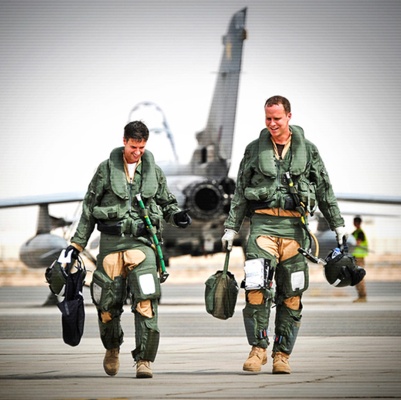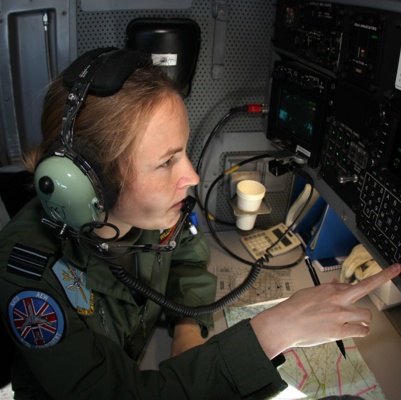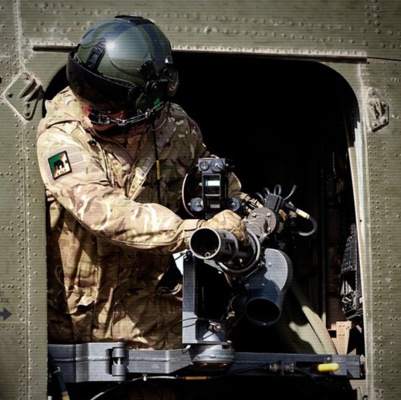About the Atlas C.1 (A400M)
ROLE
Entering operational service with the Royal Air Force in 2014, Atlas (Atlas C.1 A400M) provides tactical airlift and strategic oversize lift capabilities complementing those of the Hercules and C-17 fleets.
CAPABILITY
Atlas (Atlas C.1 A400M) has the ability to carry a 37-tonne payload over 2,000nm to established and remote civilian and military airfields, and short unprepared or semi-prepared strips. Capable of operating at altitudes up to 40,000ft, Atlas also offers impressive low-level capability.
It will accommodate as many as 116 fully-equipped troops; vehicles; helicopters, including a Chinook; mixed loads, including nine aircraft pallets and 54 passengers, or combinations of vehicles, pallets and personnel, up to a payload of 37 tonnes.
Loads are delivered by parachute, gravity extraction from the aircraft’s rear ramp (influenced by the cargo’s own weight), or by landing. Paratroops will be dropped from the aircraft’s dedicated paratroop doors, or from the rear ramp. The Atlas (Atlas C.1 A400M) is operated by two pilots and a Weapons Systems Operator (Crewman) (WSOp (Cmn)).

Specifications
A400M Atlas C.Mk 1 (Atlas C.1 A400M):
- Powerplant: four 11,000shp EuroProp International TP400 turboprops
- Length: 147ft 11in (45.10m)
- Height: 48ft 2¾in (14.70m)
- Wingspan: 139ft 1¼in (42.40m)
- Maximum speed: 400kt (741km/h)
- Maximum range: 4,100nm (7,593km)
- Maximum altitude: 40,000ft
- Maximum payload: 81,600lb (37,000kg)
Atlas C.1 (A400M) Recognition
Interactive 3D model of the Atlas C.1 (A400M) aircraft follows, you can interact with the model using buttons and mouse.
Drag aircraft model to view other angles
Atlas C.1 (A400M) Recognition
We have an interactive 3D version of this recognition image, to view open this page in one of the supported browsers: Google Chrome, Firefox, Safari or Microsoft Edge.
Wings
Total wingspan 42.4m
Engines
Four underslung EuroProp International TP400 turboprops
Fuselage
Wide tubular fuselage, large cargo ramp to rear
Tail
Tailplane mounted to top of fin (T-tail style)
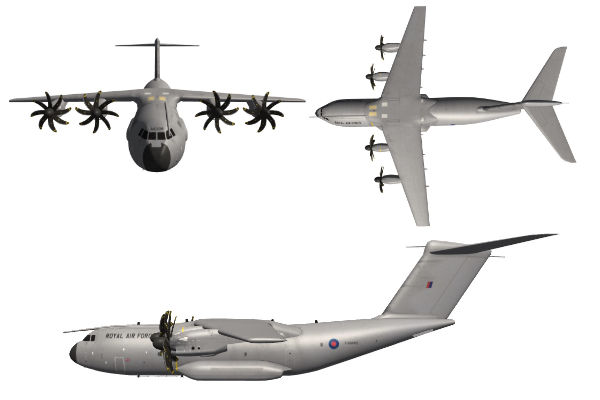
History of the Atlas C.1 (A400M)
In 1982, France’s Aerospatiale, British Aerospace, West Germany’s Messerschmitt-Bölkow-Blohm (MBB) and Lockheed in the US, established the Future International Military Airlifter (FIMA) group to define and develop a replacement for the Lockheed C-130 Hercules and Transall C.160 in wide scale service. Little progress was made as industrial and political differences complicated the group’s intentions and in 1989 Lockheed withdrew, ultimately to develop the C-130J Hercules, now in RAF service as the Hercules C4 and C5.
Italy’s Alenia and Spain’s CASA subsequently joined Aerospatiale, BAe and Deutsche Aerospace (DASA, which had bought MBB in 1989), creating the European Future Large Aircraft (FLA) Group (Euroflag) on June 17, 1991. Work to define the FLA requirement continued as DASA became first Daimler-Benz Aerospace Airbus and then DaimlerChrysler in 1998, while Belgian and Turkish industry also joined the programme.
In 1995 is was announced that the Airbus Military Company would be established to take industrial responsibility for the FLA, but in 1997 much of the programme’s government funding was withdrawn, while Germany explored the possibility of working with Ukraine’s Antonov to create a variant of the An-70 to satisfy its airlift needs. By 1999, the idea of a Westernised An-70 had been dismissed, however.
Meanwhile, an international FLA request for proposals (RFP), dated from September 1997, was issued in January 1999, while an alternative Future Transport Aircraft RFP had emerged the previous July. Airbus Military delivered the A400M (Atlas C.1 A400M) design proposal in February 1999 and this complex situation was resolved on July 27, 2000, when Belgium, France, Germany, Italy, Spain, Turkey and the UK announced their acceptance of the A400M (Atlas C.1 A400M) proposal.
The programme’s European component was agreed by the Organisation Conjointe de Coopération en matière d’Armement (OCCAR) and work proceeded under a 2003 contract. OCCAR is the contract holder on behalf of the European nations, while sales outside the organisation, to Malaysia, for example, are handled directly with Airbus Defence and Space as Airbus Military has since become.
As a complex international military aircraft programme employing a brand new, multi-national powerplant, A400M (Atlas C.1 A400M) development was never going to be entirely plain sailing. Technological and industrial-political issues affected the programme, especially as Airbus underwent a major internal restructure, pushing back delivery timelines. However, the concept was good and the partners persevered such that when the first A400M (Atlas C.1 A400M) took the type’s maiden flight on December 11, 2009, it ushered in a new era of airlift capability.
Subsequent software issues have been overcome, while a widely publicised but largely misunderstood fleet-wide grounding after a propeller gearbox problem was discovered in 2016 was overcome successfully in co-operation with the manufacturer. Indeed, while unfortunate, it actually served to demonstrate just how robust the A400M (Atlas C.1 A400M) engineering and support system has become, so early in the aircraft’s operational lifetime.
With its combination of moderately swept wings and powerful turboprop engines, the A400M (Atlas C.1 A400M) is considerably more fuel efficient at lower altitudes than the turbofan C-17, yet faster at higher altitudes than the superlative Hercules. Its capacious hold and excellent payload also place it between the C-17 and Hercules in lifting capability, yet it will ultimately offer all the rough field and tactical flexibility of the latter.
By summer 2017, No. LXX Sqn was employing the A400M (Atlas C.1 A400M) globally in its strategic capacity, while No. XXIV Sqn was delivering trained crews alongside its C-17 and Hercules output. Meanwhile, No. 206 (Reserve) Heavy Aircraft Test & Evaluation Squadron was busily extending and clearing the type’s tactical capability, including natural surface runway and load-dropping trials. The RAF expects to take the last of 22 aircraft on order around 2021, with full operational capability in the tactical role declared soon after. Airbus’s test crews nicknamed the A400M (Atlas C.1 A400M) ‘Grizzly’ during the pre-delivery trials phase, but the RAF has adopted a name suggested by then Chief of the Air Staff Sir Stephen Dalton and the type is officially known as ‘Atlas’, while the term ‘A400 (Atlas C.1 A400M)’ is more commonly heard in use at its RAF Brize Norton base.

